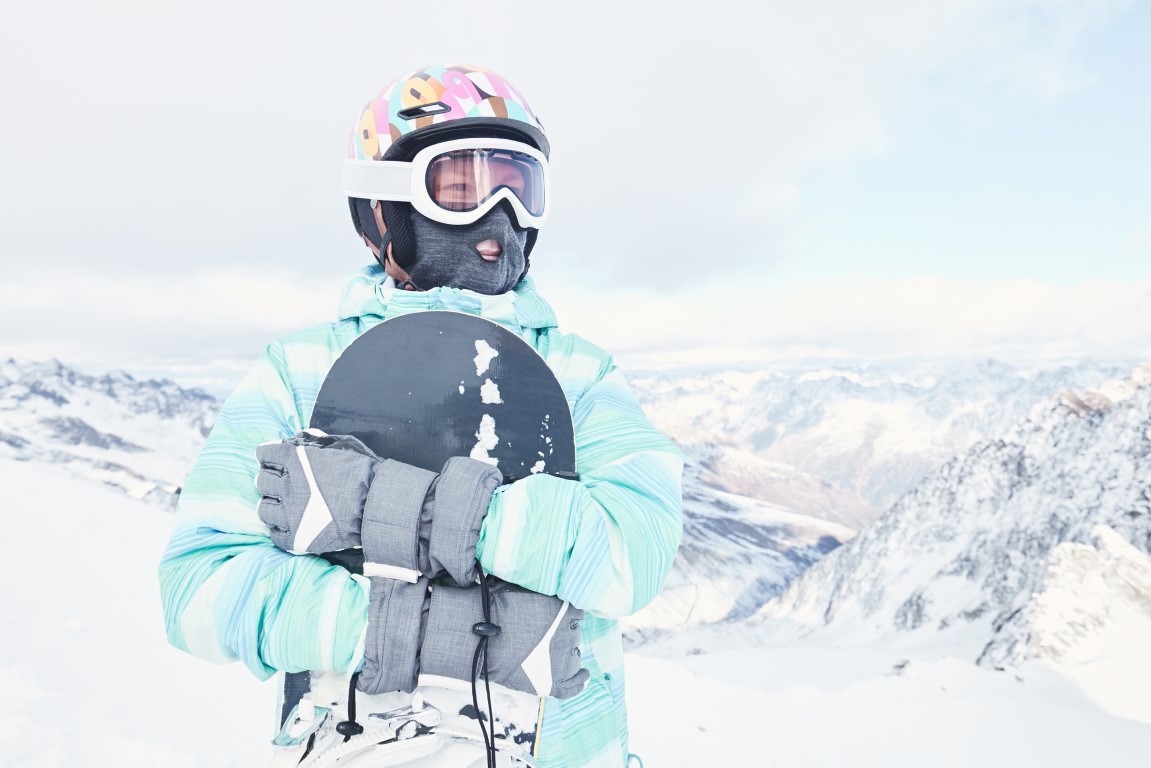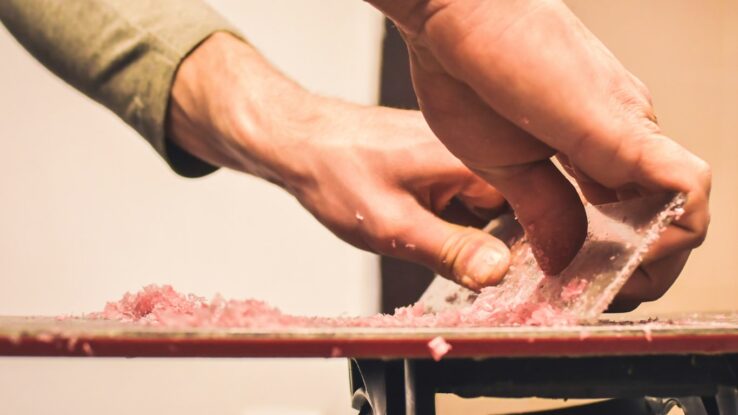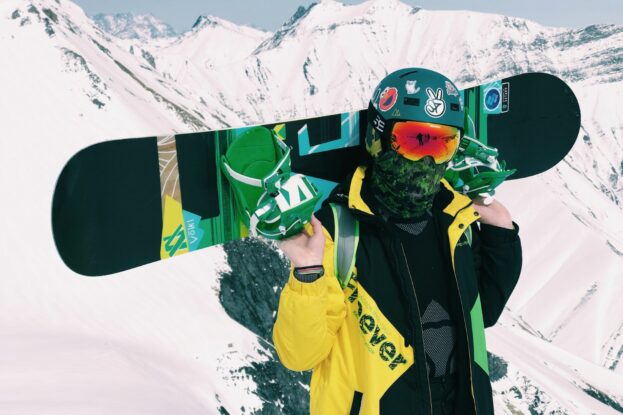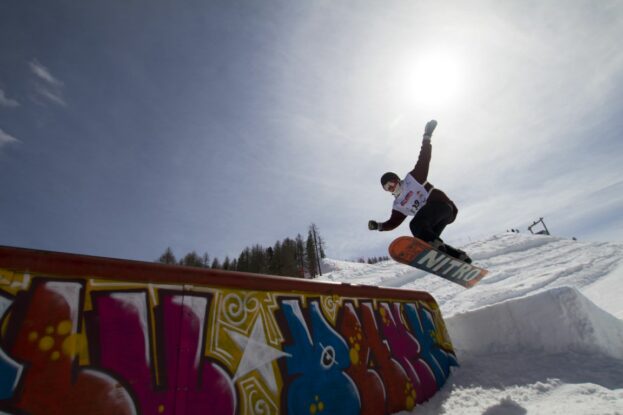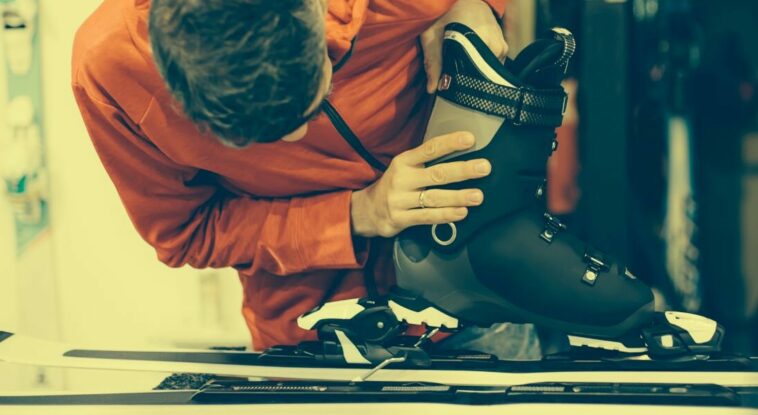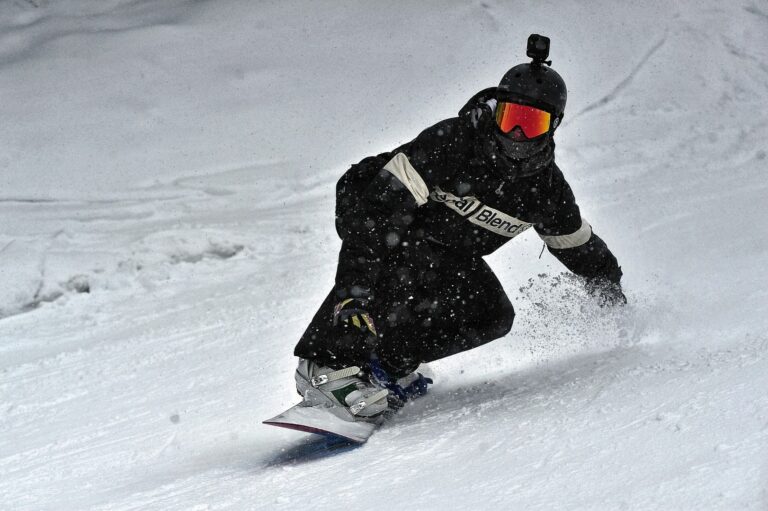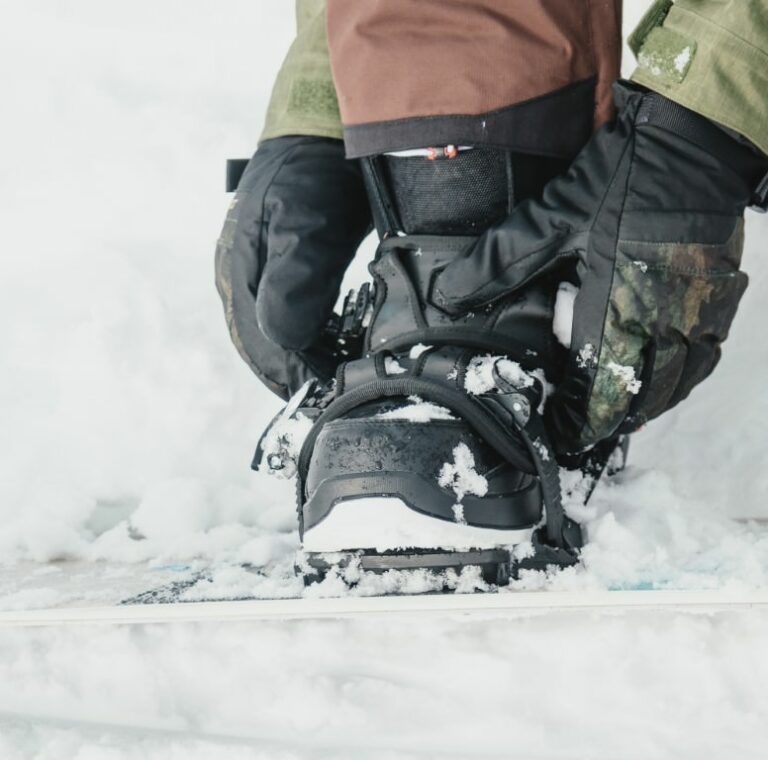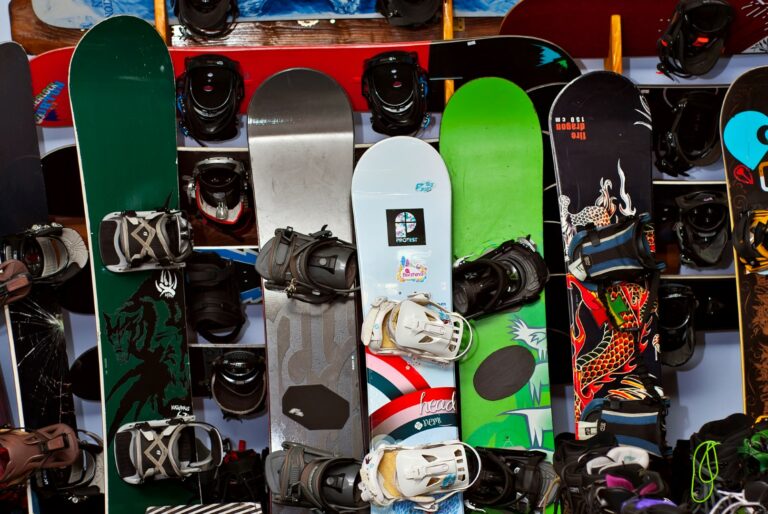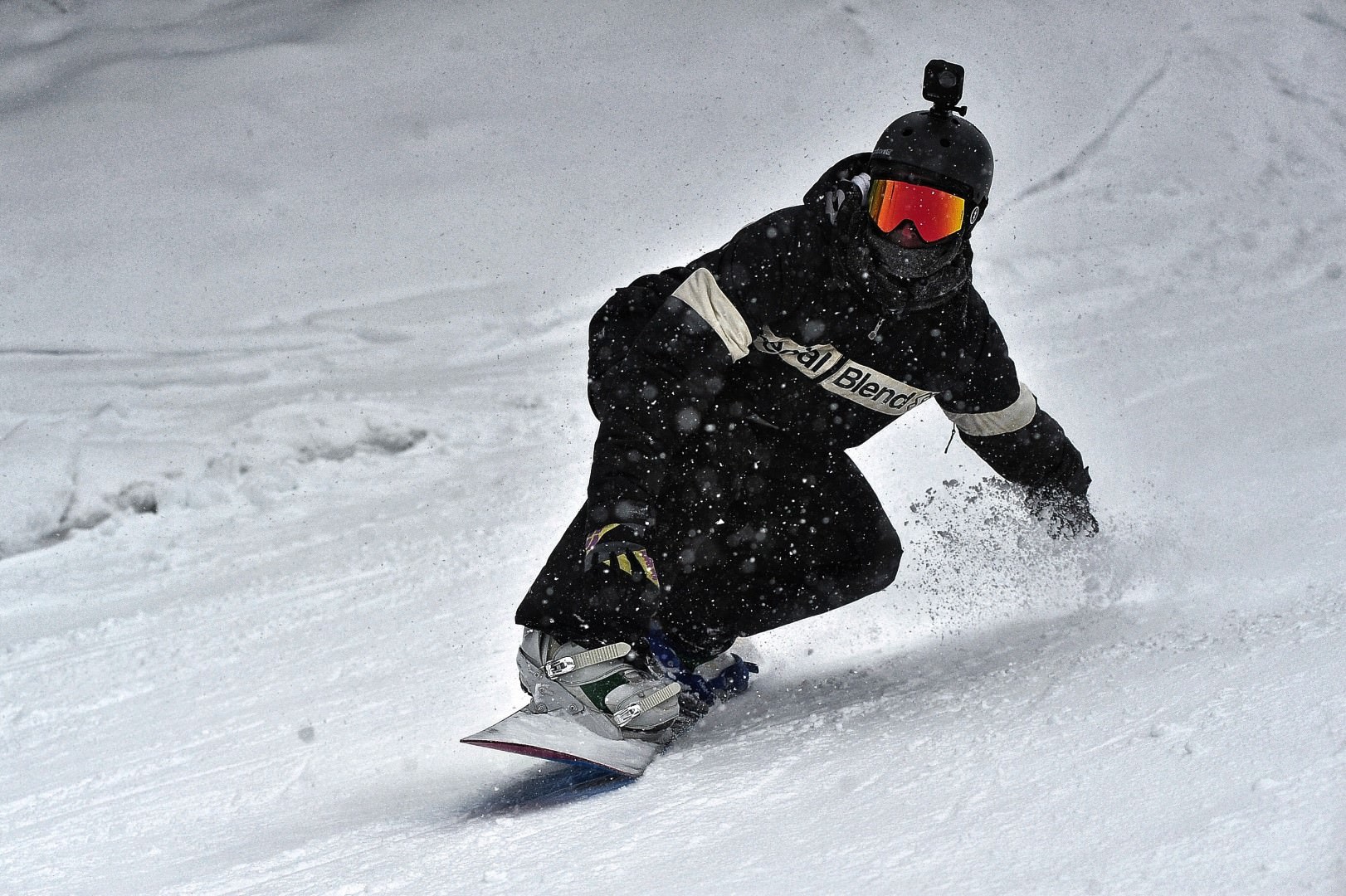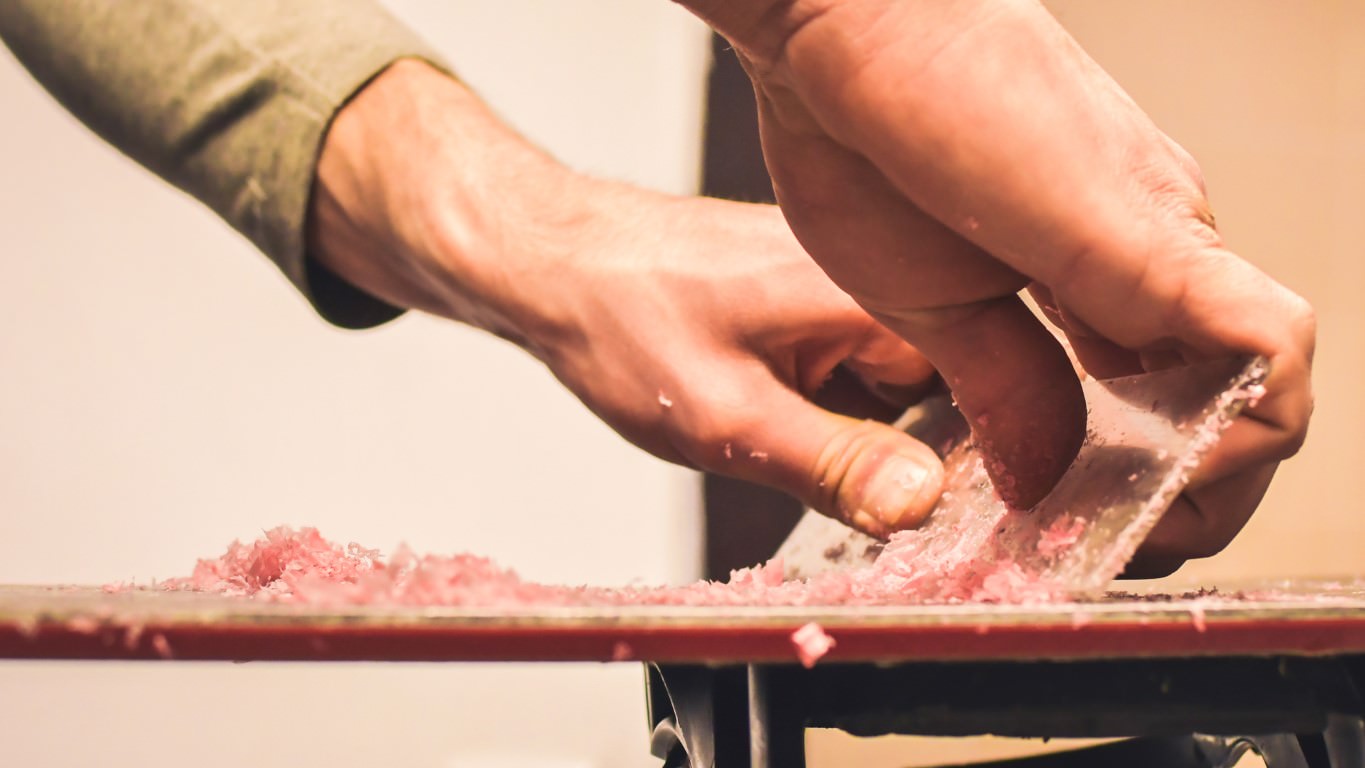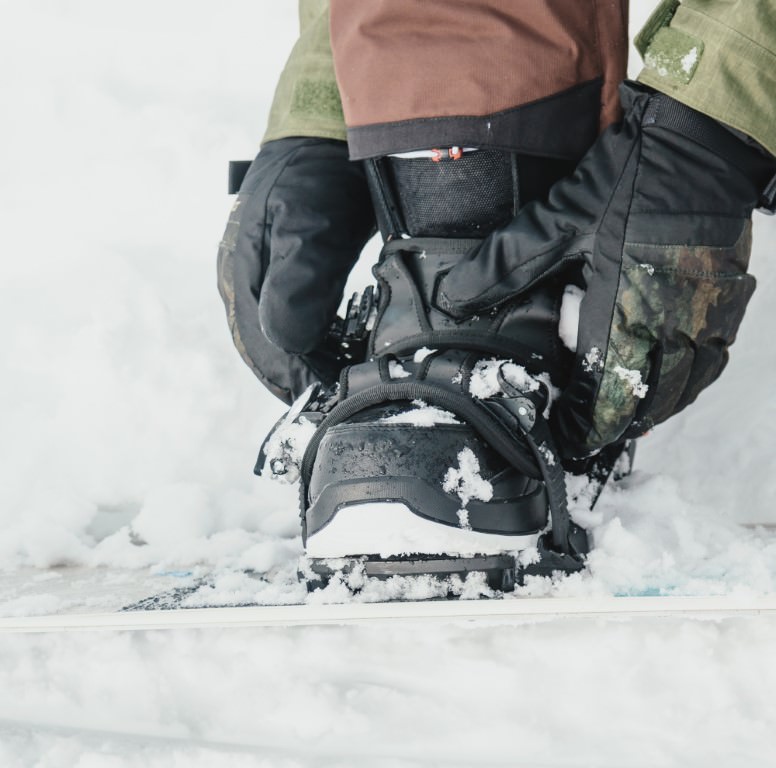Why Are Snowboards So Expensive?
There are three main reasons that snowboards are expensive:
- Production costs: Manufacturing a snowboard uses high-quality materials.The wooden core, hardened steel edges, graphite and kevlar to add strength and pop don’t come cheap. Their production uses advanced technologies and requires specialist tradespeople which is expensive. And compared to smart phones or TVs, snowboard sales volumes are tiny. So the economies of scale apply less, which isn’t helped by a fragmented market with many brands that each have multiple products in various sizes.
- Research and development: Most snowboard brands constantly invest in research and development. The market leaders create cutting-edge products that push the boundaries of performance, comfort, weight and equipment longevity. For example, it took Burton three years, a team of four, a dedicated R&D space and thousands of test products to create the Step-On binding system.
- Marketing and sponsorship: Finally, marketing and sponsorship efforts contribute to the overall cost. Companies pay top athletes to ride their boards, they advertise them in magazines, at events and in resorts etc. All of which increases the final price we pay.
What Factors Affect Snowboard Prices?
You’ll have noticed that not all snowboards are the same price. In fact they vary greatly. There are a few factors that influence the price of a snowboard, including skill level, brand reputation, condition, board type, materials, technology used and the brand’s commitment to research and marketing. Let’s take a closer look at each of these aspects.
Skill Level: Pricing Differences for Beginners to Experts
When it comes to snowboard prices, skill level plays a significant role. This is partly because the lower your skill level the less high-tech snowboard you’ll need. But also because of the pesky economies of scale, as there are bigger production runs on beginner boards than the usually more specific advanced ones.
The prices vary greatly, and there is a lot of crossover between the levels:
- Beginner snowboards: Prices for beginner boards usually range from $200 to $600. These boards are designed with cheaper materials (such as an extruded base) and softer flex, making them more forgiving and easier to control for new riders.
- Intermediate snowboards: Intermediate boards normally cost between $300 and $800. These boards offer a balance of performance and accessibility. Typically they are stiffer, requiring extra materials, have a more expensive sintered base and other more advanced technology than beginner boards.
- Advanced snowboards: Advanced boards can cost anywhere from $400 to more than $1,500. They feature the latest technology such as the fastest graphite infused sintered base and other expensive materials. They provide the highest level of performance for experienced riders and cover specialisms such as splitboarding.
It is worth noting that an advanced snowboarder can still enjoy riding a beginner or intermediate board. Many freestyle boards are perfect for beginners regardless of the level they are aimed at. And while there are snowboards that only suit experienced snowboarders, the concept of beginner snowboards is a little bit misleading as ‘beginner’ boards have plenty of qualities that any level of snowboarder may enjoy.
Snowboard Brand: Balancing Quality and Affordability
The brand you buy massively affects snowboard prices. You’d expect premium brands to use higher quality materials and construction techniques, resulting in more expensive products. However, budget brands often use the same materials and can even be made in the same factories as more expensive brands.
The difference in price is more to do with R&D and the marketing and sponsorship spend. With the premium brands, you’ll get the latest tech and know it’s ridden by the top team riders. Cheaper brands may be a year or two behind in technology and you won’t see them sponsoring big events or being ridden by the world’s best snowboarders, but that doesn’t mean you’ll have any less fun riding their snowboards.
Unfortunately, finding the right balance between quality and affordability is not as simple as expensive = better. Most of the top brands have budget boards, and likewise, budget brands have their premium versions.
- Premium snowboard brands: Brands such as Burton, Lib Tech, Jones and Never Summer, plus niche companies such as Borealis and Furberg are known for producing high-quality, high-performance, cutting edge snowboards. They come with a higher price tag but also a reputation for bullet-proof warranty and top quality gear. Expect to pay $400 to $1000+.
- Mid range snowboard brands: Companies like Nitro, Ride, Gnu, K2, and Rome offer more affordable snowboards without sacrificing performance. These brands are all very well respected, but don’t spend as much on R&D and/or marketing and sponsorship. Mid-range boards usually cost $300 to $800.
- Budget snowboard brands: Less known brands such as Pathron, Raven, Dreamscape (the Decathlon/Wed’ze snowboard brand) sell very low cost snowboards. I personally have owned a few Pathron and Raven boards, and they are excellent, they use the same materials and factories as other brands but are half the price. Costs are from around $200 to $500.
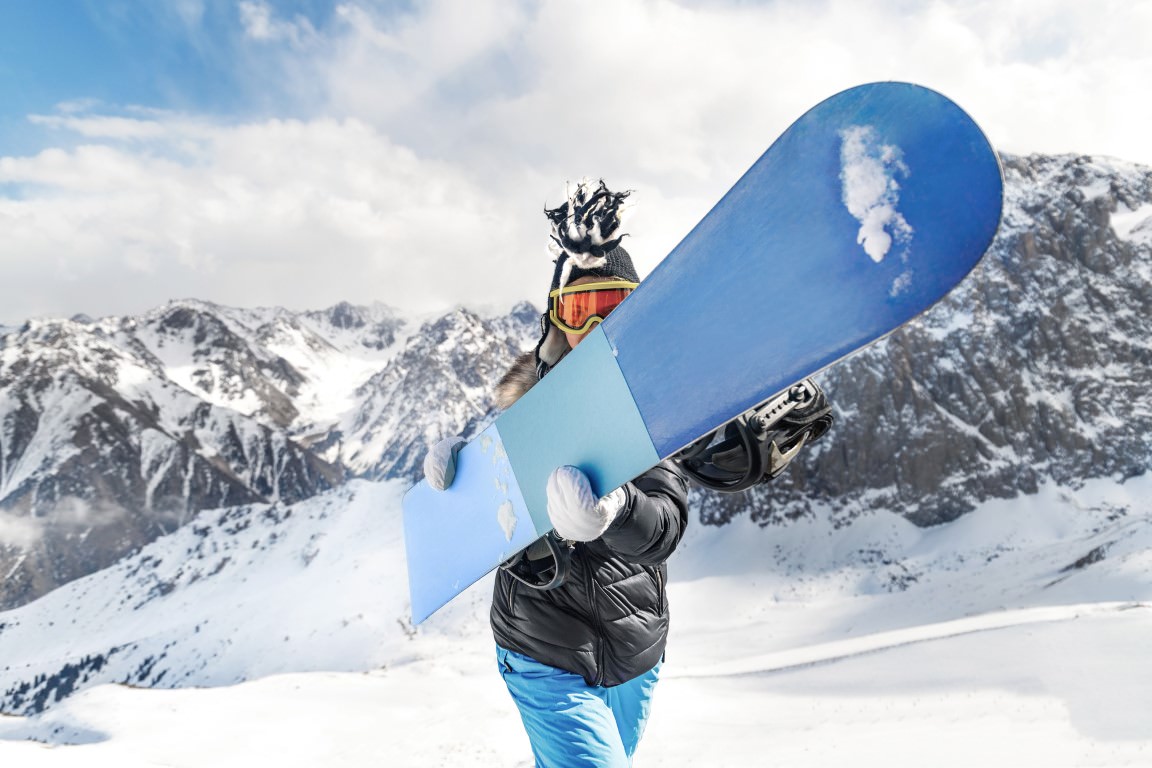
Snowboard Condition: Comparing New and Used
New snowboards are a bit like cars, once you take them for their first spin their resale value drops significantly. This means you can get some bargains on used snowboards that are barely used. However, a used snowboard that has been ridden hard for a few seasons could be past its best.
Buying a new snowboard guarantees that it is in pristine condition and comes with a warranty. You can also buy exactly what you want, rather than choosing from what is available. However, new boards are significantly more expensive than used ones.
Purchasing a used snowboard can save you a lot of money, but it’s crucial to assess the board’s condition. Inspect the base, edges, flex/pop, top sheet, and overall structure for damage or signs of excessive use.
Used boards, except through a second hand retailer, do not come with a warranty and there is always a risk when buying one. However, if you find someone who bought the gear but barely used it, then you can get an almost new board for a fraction of the price of new.
Types of Snowboards: Costs Across Different Styles
Snowboard prices also vary depending on the style of the board. There are five main types of snowboards: freestyle, all-mountain, freeride, alpine/carving, and splitboards. Each serves a specific purpose and has unique features. There is more detail below (the prices exclude the budget brands).
- Freestyle snowboards: These boards are designed for park, jibbing and pipe riding. Normally featuring a softer flex (except pipe) and true twin shape for optimal maneuverability and landing tricks switch etc. Freestyle snowboards are typically priced between $300 and $700.
- All-mountain snowboards: All-mountain boards are versatile, and suitable for all terrains and conditions. They usually have a medium to stiff flex and directional or twin shape with a small binding set back. These boards cost between $350 and $900.
- Freeride Snowboards: Designed for off-piste and powder riding they are usually longer, often with a very directional shape, have a large set back stance and are sometimes softer in the nose and stiffer in the tail. Freeride boards usually start from $400 but can cost more than $1000.
- Alpine/carving snowboards: Alpine boards, also known as carving or race boards, are designed for high-speed carving on groomed slopes. They have a stiff flex and normally are narrower and have a directional shape. Prices range from $500 to over $1,000.
- Splitboards: Splitboards are designed for backcountry exploration and can be split into two separate skis to skin uphill. These boards come with a higher price tag due to their specialized construction and features, typically costing between $700 and $1,500.
Snowboard Features: How Materials and Technology Impact Price
The materials and technology used in a snowboard’s construction have a significant impact on its price. Premium components obviously cost more, while advanced technology also contributes to the R&D spend.
High-quality materials, such as lightweight wood cores like Birch and Paulownia, added carbon fiber or kevlar, and sintered bases all improve a board’s performance and durability, but increase the price. Standard components, like extruded bases and traditional Poplar wood cores, still provide a solid ride but a more affordable one.
Advanced technologies, such as 3D bases, complex profile combinations of camber, rocker and flat, wavy edges (magne-traction), graphite base treatments, and mixed material cores, all enhance a board’s performance. However, these features make production more difficult which increases the cost.
All of the above makes sense, but what is less considered is that the resulting higher-quality boards are typically sold in smaller volumes than the more standard lines. This adds to the cost further as the economies of scale don’t kick in.
Limited Editions and Collaborations: Exclusive Designs
Limited edition snowboards and collaborations between brands, pro riders and/or artists can also impact snowboard prices. These exclusive designs often come with a higher price tag due to their limited availability and unique aesthetics.
Where and How to Find Affordable Snowboards
Finding the right snowboard at an affordable price is not easy. But there are several ways to save on your next purchase:
- End of season sales: Retailers offer discounts on snowboards at the end of the winter season. Keep an eye out for sales and clearance events to snag a great deal.
- New season clearance: At the start of winter anything left from the previous season will be further reduced, but your options may be limited.
- Trade shows: Attending trade shows and industry events can give you access to exclusive deals and discounts from various brands. There will often be discount rails of old stock at bargain prices.
- Online shopping: Many online retailers offer competitive prices on snowboards, and you can normally find better deals than in brick-and-mortar stores. However, you don’t get the same level of advice or help with warranty issues if you buy online. And don’t forget delivery/return costs will bump the price up.
- Buy used: Buying a used snowboard from a reputable gear shop or consignment store can be an affordable option. Make sure to inspect the board’s condition before purchasing. Buying used direct from the owner is also an option, it is normally cheaper but a little more risky as it’s down to you to assess what condition it is in.
- Buy a budget brand: We all gravitate to certain brands that we like, and many turn their noses up at budget brands. However, I reviewed the Pathron Sensei ten years ago and I still ride it now. It’s similar to the 2013 LibTec Skate Banana, which my friend paid more than three times as much for. After each riding both boards we agreed there was little between them.
Are Expensive Snowboards Always Better Than Cheaper Ones?
In short, no. You’d assume that expensive snowboards feature higher-quality materials and more advanced technology, but that is not always the case. Many lower cost brands use identical materials, are made in the same factories and have similar tech.
Price comparisons are only really relevant if you compare very similar boards across the different brands. And if a board has a similar flex, shape, profile, side-cut, materials and size, then it will ride almost the same whatever the brand name it has on it.
That said the top brands are usually a step or two ahead of the others in terms of technology. However, you pay for the R&D, plus the marketing and sponsorship associated with it. But let’s face it, snowboard tech has not changed dramatically in the last decade, let alone the last couple of years so year to year differences are small.
As a rule of thumb, a more expensive board sold by a brand will be better than a cheaper board sold by the same brand. But you must consider what is best for your skill level, riding style, and preferences, as more expensive may not be better for you.
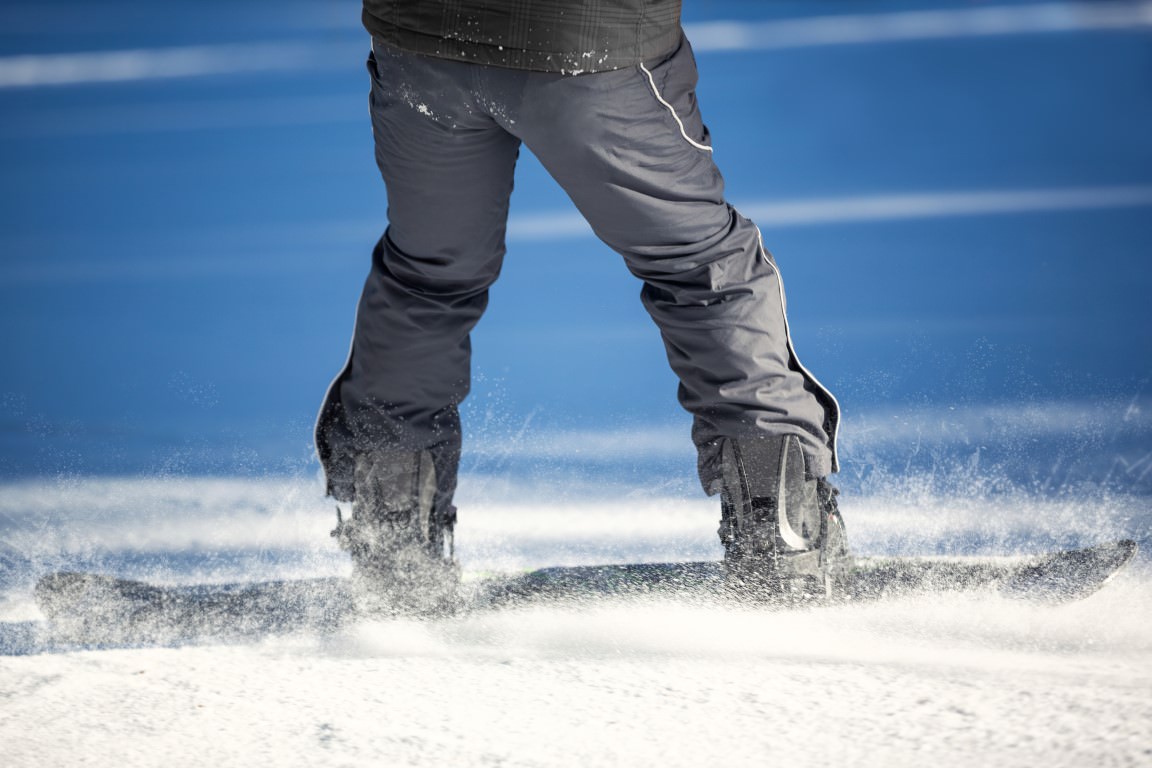
How Do I Know if a Snowboard Is Worth the Price?
If you enjoy riding the snowboard, then it is worth the price, whatever it costs. After all, it is an expensive sport. You pay $200+ a day just to go snowboarding, so spending $400 to $1000 for the right snowboard is a comparatively small investment.
In my experience, most snowboarders end up loving the board they buy. So long as you choose one that suits your level, style and size you’ll get used to it and have a lot of fun, regardless of whether you spent $200 or $1000 on your snowboard.
So whether it is worth the price comes down to you. Do you like to use known brands to have the credibility that perhaps this attracts? Or do you prefer to take a bit of a gamble to save some money?
Are There Specific Times of Year When Snowboards Are More Affordable?
As with anything, the price of snowboards is dictated by supply and demand, but with a seasonal element thrown in. So end-of-season sales, summer discounts and start of season reductions on last winter’s stock all significantly reduce the prices. But, if stocks are low in a specific store or resort, then expect prices to stay high or even to increase.
Conclusion
While snowboarding is a simple joy, snowboard pricing is complex. It’s shaped by brand reputation, R&D spend, marketing and sponsorship, the board style and skill level it is aimed at, the materials it’s made from, the technology used and whether it is new or second hand. When choosing a snowboard, remember that the cost of the board is equivalent to a few days on the mountain, so whatever you invest, it will be money well spent.
